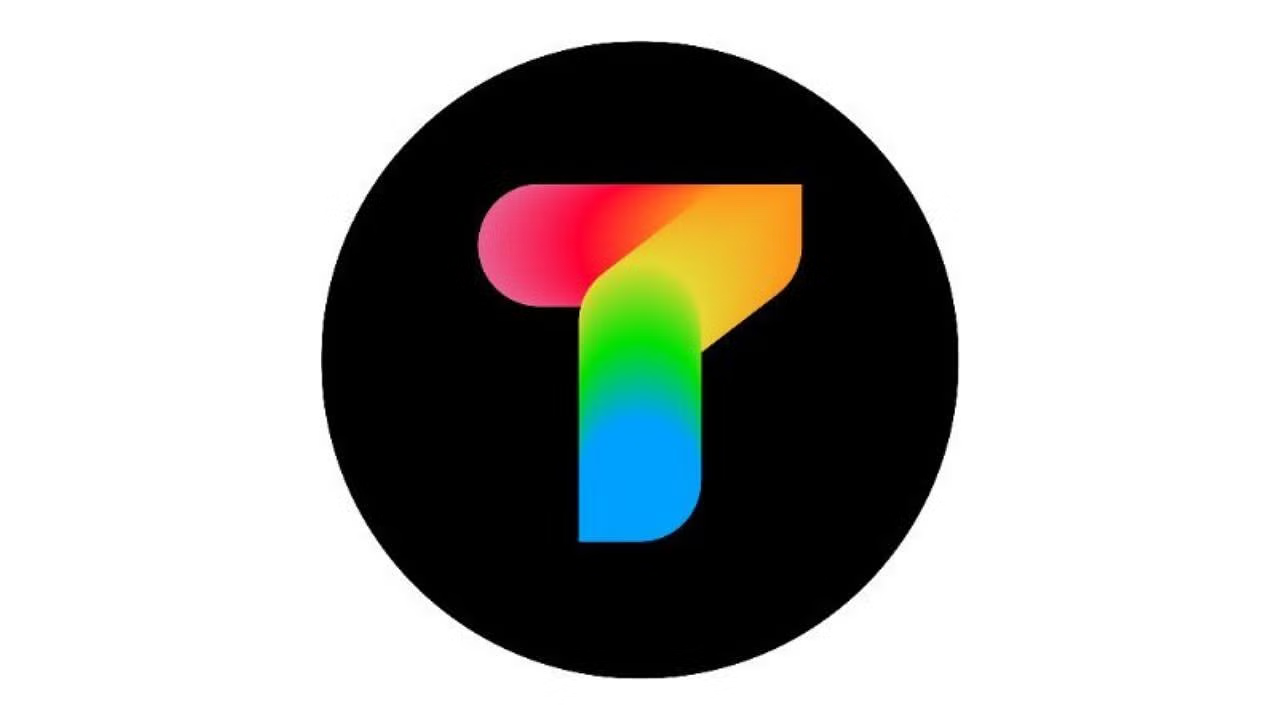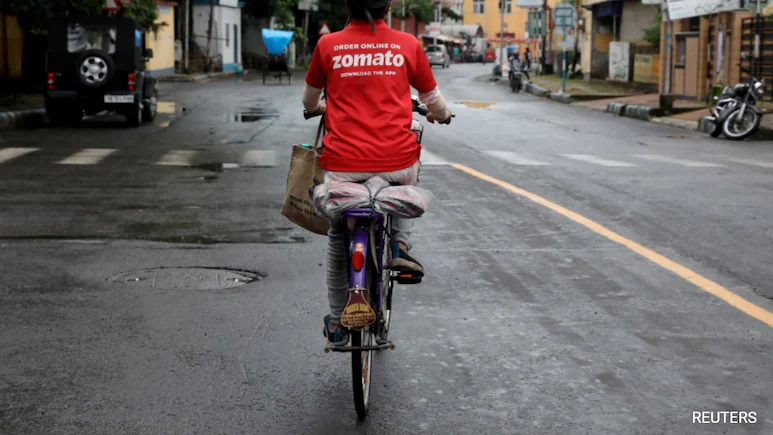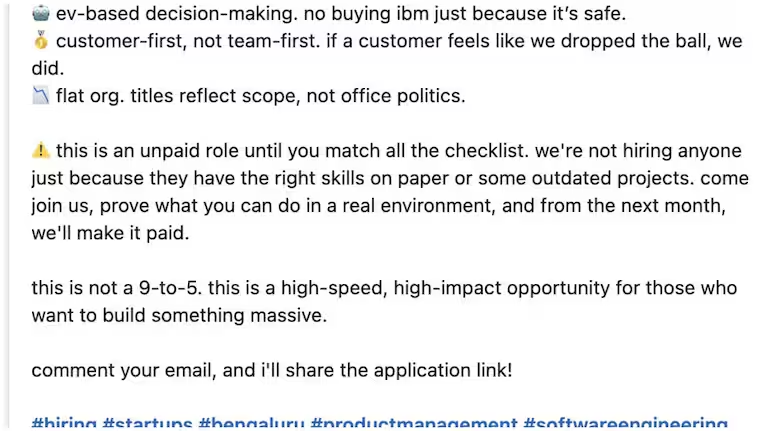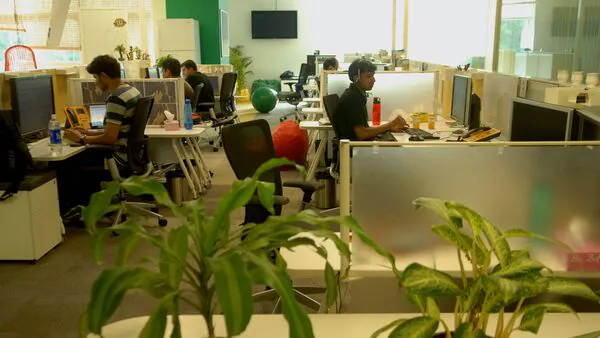Prime Minister Narendra Modi today (April 15) said that India had become the fastest-growing nation for hiring artificial intelligence talent, citing new data from the Stanford AI Index 2025 report.
In a post on X (formerly Twitter), Modi highlighted India’s top ranking in relative AI hiring growth for 2024, surpassing countries such as the United States, Brazil, and Canada.
A Stanford report, released last week, underscored India’s rising prominence in the global artificial intelligence (AI) ecosystem, with notable growth in open-source contributions and workforce development. Yet, it also laid bare the gaps – in research quality, private investments, infrastructure, and globally recognised AI model output – that continue to challenge India’s ambitions.
What does the Stanford report say about India’s AI landscape?
India recorded the world’s highest year-on-year growth in AI hiring at 33.4 per cent in 2024, followed by Brazil (30.8 per cent) and Saudi Arabia (28.7 per cent). Over the long term, between 2015 and 2024, India ranked second globally in AI skill penetration with a score of 2.5—just behind the US (2.6)—meaning AI skills among Indian professionals are more than twice as concentrated as the global average.
The country also became the second-largest contributor to AI-related GitHub projects in 2024, accounting for 19.9 per cent of global submissions, just behind the US (23.4 per cent) and ahead of Europe (19.5 per cent). This marks India’s growing influence in open-source AI development — crucial for innovation in the field.
However, the report notes that LinkedIn-based data may underrepresent labour markets in countries like India, where platform usage varies and doesn’t capture the entire workforce.
How India is missing global leadership in AI adoption
Despite the spike in hiring and developer activity, India lags behind in private AI investments, the report noted. Since 2013, it has attracted just $11.29 billion—far lower than the US ($470.9 billion), China ($119.3 billion), and even the UK ($28.2 billion). In 2024 alone, the US poured $109.1 billion into AI, nearly 12 times China’s $9.3 billion and 24 times the UK’s $4.5 billion.
India also trails in startup activity. In 2024, it saw only 74 new AI startups emerge, compared to the US (1,073), the UK (116), and China (98). Similarly, in AI research, India contributed 9.2 per cent of global publications in 2023, behind China (23.2 per cent) and Europe (15.2 per cent). In the critical area of Responsible AI, India produced just 42 papers in 2024, compared to 669 from the US and 268 from China.
Even as China narrows the quality gap in top-performing AI models—thanks to efforts like DeepSeek, Qwen, and Manus—the US continues to lead with 40 notable AI model releases in 2024, while China had 15 and Europe just three. The Stanford report notes that model development is becoming more globally distributed, with contributions emerging from Latin America, the Middle East, and Southeast Asia.
Is India’s AI policy push enough compared to other nations?
India launched its $1.25 billion IndiaAI Mission in March 2024 to build foundational AI infrastructure. The initiative aims to set up over 10,000 GPUs, create a national non-personal data platform, and support indigenous startups and AI models. It also includes provisions for ethical AI development and extending AI research capabilities beyond major metro cities.
While a welcome step, the scale of India’s public investment is modest compared to other nations. Canada announced a $2.4 billion AI package, France committed $117 billion, and Saudi Arabia’s Project Transcendence includes a $100 billion plan for semiconductor-led AI development.
Lack of AI skills in India’s talent pool
Despite the hiring boom, Indian recruiters are struggling to find the right talent. A February 2025 LinkedIn report noted that 54 per cent of HR professionals in India say only half—or fewer—of the job applications they receive meet required qualifications. The top challenge, according to them, is finding candidates with both technical (61 per cent) and soft skills (57 per cent).
Hard-to-find capabilities include software development and engineering (44 per cent), AI (34 per cent), and soft skills like communication and problem-solving (33 per cent). Many recruiters said they are now becoming selective, with more than half only considering candidates who meet at least 80 per cent of job qualifications.
A separate March 2025 study by Bain & Company predicted that India’s AI sector will generate over 2.3 million job openings by 2027. But the current AI talent pool — at 800,000 in 2024 — is expected to grow to just 940,000 in 2025, and 1.08 million in 2026. Even at peak, this will cover only half of the projected demand.
This leaves a critical reskilling gap of over 1 million workers, representing both a challenge and an opportunity for India’s education and upskilling systems.


